Kidepo Valley National Park
Hidden in Uganda’s northeast corner, where the wild meets the sky, lies a national park so raw and remote, even seasoned safari-goers are left awestruck. Kidepo Valley National Park isn’t just a destination—it’s an expedition into silence, solitude, and untamed beauty.
Here, you won’t dodge minivans or line up for lion sightings. Instead, you’ll scan endless golden plains for zebra, giraffe, and cheetah—without another vehicle in sight. With over 470 bird species and 77 mammal species, including 4 of the Big 5, it’s a hidden gem that feels untouched. And that’s because it is.
At a Glance
Location: Far northeast Uganda, bordering South Sudan & Kenya
Size: 1,442 km² of semi-arid savannah
Wildlife: Lions, leopards, cheetahs, giraffes, ostriches, and more
Best for: Seclusion, rare wildlife, dramatic landscapes
Distance from Kampala: ~700km by road | 2hr flight
For travelers chasing something truly wild—this is your park.
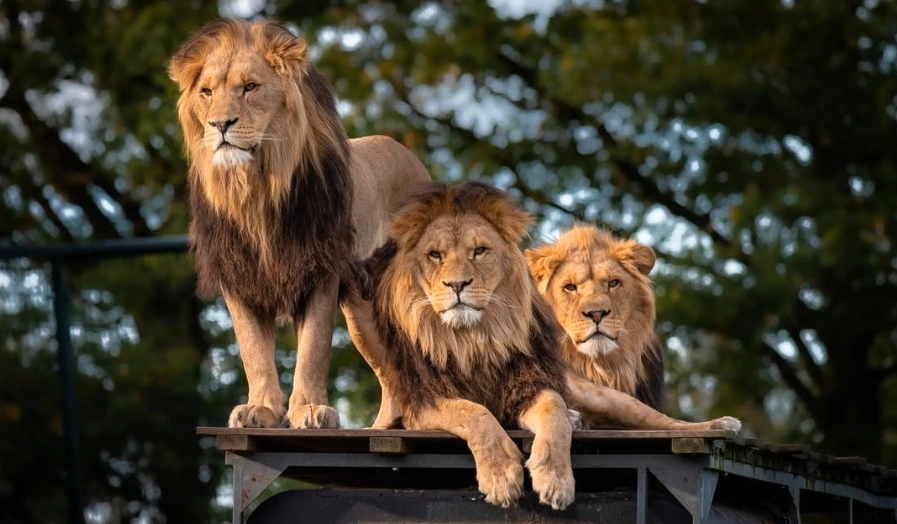

Top Things to Do in Kidepo Valley National Park
1. Game Drives in Narus & Kidepo Valleys
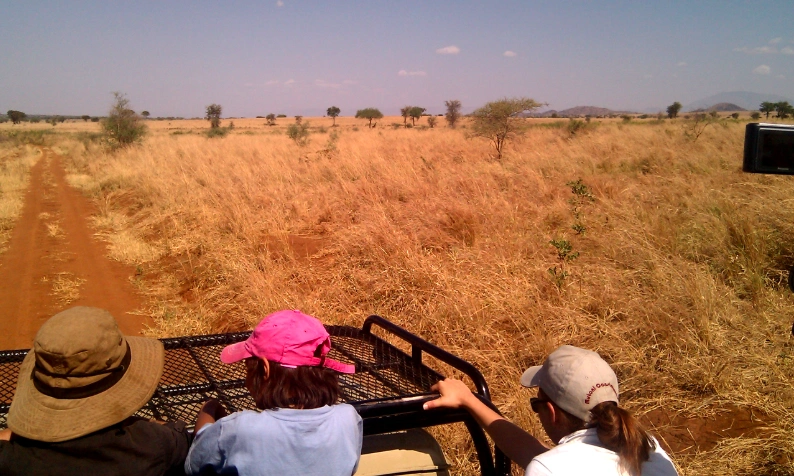

If you’ve done a game drive in Queen Elizabeth or Murchison Falls, prepare for a revelation. Kidepo’s Apoka game drives are uncrowded, unpredictable, and deeply thrilling.
Drive through the lush Narus Valley, where elephants, buffalo, and hartebeest gather around year-round springs. Morning drives offer golden light and predator activity—think lion hunts and cheetah stalks.
In the drier Kidepo Valley, head toward Kanangorok Hot Springs, where ostriches, secretary birds, and kudu thrive in isolation.
Insider Tip: Bring binoculars and a zoom lens. With so few vehicles, the wildlife is relaxed but not always up close—until it is.
Looking for a more classic Big 5 safari? Compare this with our popular itineraries in Murchison Falls and Queen Elizabeth National Parks.
2. Walking Safaris


Few things compare to standing in the savannah with nothing between you and the wild but your heartbeat and your guide.
Most walking safaris in Kidepo stick to the Narus Valley, a relatively flat and safe area for spotting giraffes, warthogs, and dozens of bird species. For something more strenuous, ask about hiking Mount Morungole—the park’s highest peak at 2,750m.
The terrain is dry, and the views? Unforgettable. Especially when you realize you’re walking through one of Africa’s most untouched parks.
3. Cultural Encounters
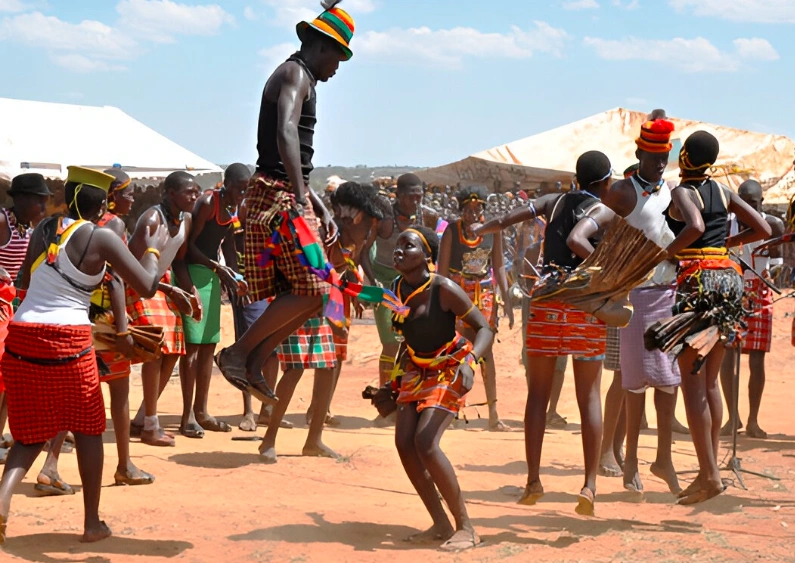

Karamojong Homestead Visits
Nomadic, cattle-loving, and deeply tied to this land, the Karamojong have lived alongside wildlife for generations.
Visiting a manyatta (homestead) is like stepping back in time—expect traditional dances, stories around the fire, and a glimpse into a culture that still values cattle more than cash.
Responsible tourism helps support their livelihoods and keeps traditions alive.
Ik People Treks
High in the remote Morungole Mountains live the Ik, one of Uganda’s smallest and most marginalized ethnic groups.
Displaced by the park’s creation, the Ik retreated to these steep slopes and now welcome trekkers curious to learn about their customs, challenges, and resilience.
The 8–10 hour trek isn’t easy. But the cultural immersion? It’s life-altering.
Want to dig deeper into Uganda’s people and parks? Our Uganda Wildlife Safari FAQs page breaks it all down.
4. Birding
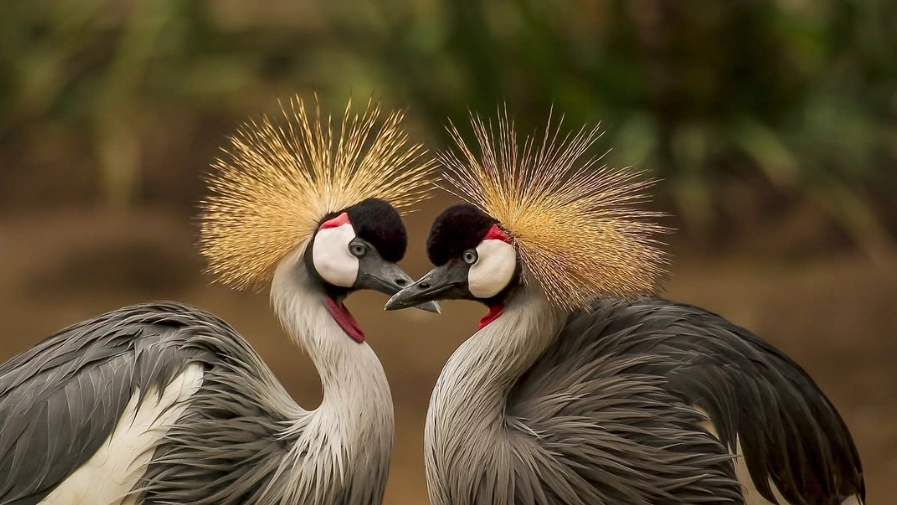

With 470+ bird species, including Clapperton’s francolin and the Common Ostrich (nowhere else in Uganda), Kidepo is a birder’s dream.
Focus your attention on the Narus and Namamukweny Valleys, especially in the wet season when activity soars. Raptors are abundant, and sightings of Abyssinian ground hornbills and rose-ringed parakeets are common.
Combine this with birding in Kibale or Lake Mburo to see Uganda’s full avian range.
Best Time to Visit Kidepo Valley National Park
Kidepo is open year-round, but timing your trip makes all the difference.
Dry Season (Dec–Mar)
Expect high heat (up to 40°C) and bone-dry conditions. Wildlife concentrates around waterholes, making sightings easier. Best season for photography and cheetah tracking on short grass.
Wet Season (Apr–Nov)
Though more humid, the park transforms into a lush, green haven. Birding is phenomenal, but wildlife becomes harder to spot as animals retreat into the highlands.
Pro tip: June to August sees less rain than April or October, making it the best wet-season window.
Where to Stay in Kidepo Valley National Park
Mburo has options for all budgets, often with sweeping views and easy access to activities.
Apoka Safari Lodge
If you want the best view, most comfort, and zero compromise, this is it.
Apoka Safari Lodge sits like a crown jewel in the middle of the Narus Valley.
The ten thatch-roofed bandas are vast and elegant, with canvas walls, handmade wooden beds, and private verandas that overlook roaming wildlife.
Kidepo Savannah Lodge
This eco-friendly, mid-range gem lies just 500 meters from the park gate, offering easy access to all activities.
Expect nine spacious safari tents with shared bathrooms or eight self-contained luxury tents with private decks.
The central bar and dining area serves local and international cuisine, with panoramic views of the plains and distant mountains.
UWA Bandas at Apoka
For those who value access over amenities, Uganda Wildlife Authority runs basic bandas and campsites within Apoka.
These are clean, simple, and perfect for travelers on a tighter budget—or hardcore nature lovers who want to fall asleep to the sound of hyenas calling in the dark.
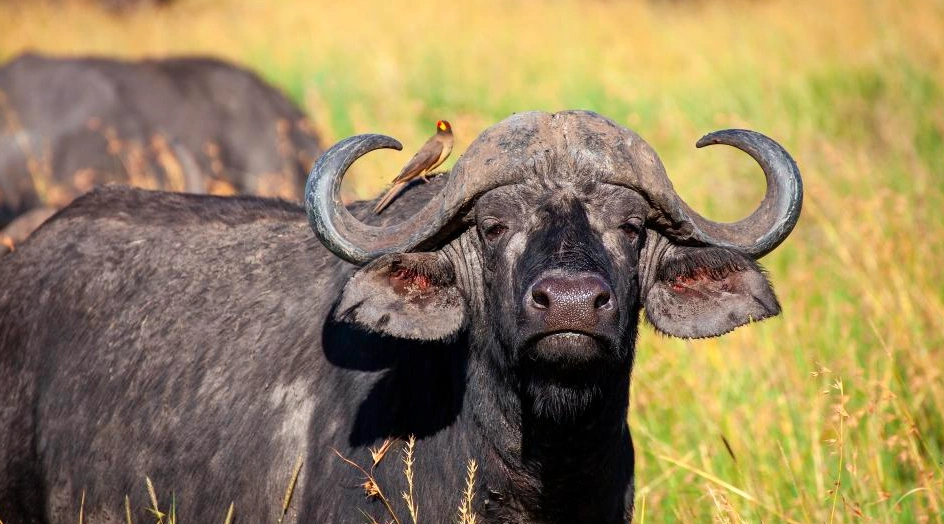

How to Get to Kidepo Valley National Park
By Air: Fast, Scenic, and Worth It
Chartered flights land directly at Kidepo’s Apoka Airstrip, right in the park. Expect to fly from Entebbe International Airport, with stops over Murchison Falls for jaw-dropping aerial views.
Flights are operated by Aerolink and other bush carriers, and they typically require a minimum number of passengers.
Flight time: ~2 hours
Baggage is limited (15kg soft bags)
Great for families, honeymooners, or tight itineraries
Mburo is located near Lyantonde town, just off the main highway, making it one of the most accessible parks in the country.
If you’re short on time, flying is the way to go—especially when combining it with gorilla trekking in Bwindi.
By Road
For intrepid travelers, the overland drive to Kidepo is one of Uganda’s last great road trips. It’s long, sometimes bumpy, but deeply rewarding. You’ll pass Sipi Falls, the Karamoja plains, and numerous off-the-map villages.
There are two main routes:
From Kampala via Gulu & Kitgum: Approx. 10–12 hours
From Murchison Falls NP: Approx. 6–7 hours
Best done with a 4×4 and a local guide who knows the terrain. Roads can become slippery in the rainy season.
If you want to break the journey, consider overnighting at Sipi Falls—a lush highland paradise known for coffee tours and waterfall hikes.
Entry Fees & Activity Permits
Here’s the latest breakdown of Kidepo Valley National Park fees, accurate as of 2025. All fees are charged per person, per 24 hours, and collected by Uganda Wildlife Authority.
| Category | Park Entry (USD) | Game Drive (guided) | Nature Walk | Community Visit | Ik People Trek |
|---|---|---|---|---|---|
| Foreign Non-Resident (Adult) | $40 | $20 | $15 | $10 | $50 |
| Foreign Resident (Adult) | $30 | $15 | $10 | $7 | $40 |
| East African Citizen | UGX 20,000 | UGX 10,000 | UGX 10,000 | UGX 5,000 | UGX 50,000 |
| Children (All Categories) | 50% of adult fee | 50% of adult fee | 50% | 50% | Full price |
| Vehicle Entry | $30 (foreign) | UGX 20,000 (EA) | – | – | – |
Note: Park fees are payable at the entrance gate or through your tour operator. Some activities like the Ik trek require early booking due to limited access.
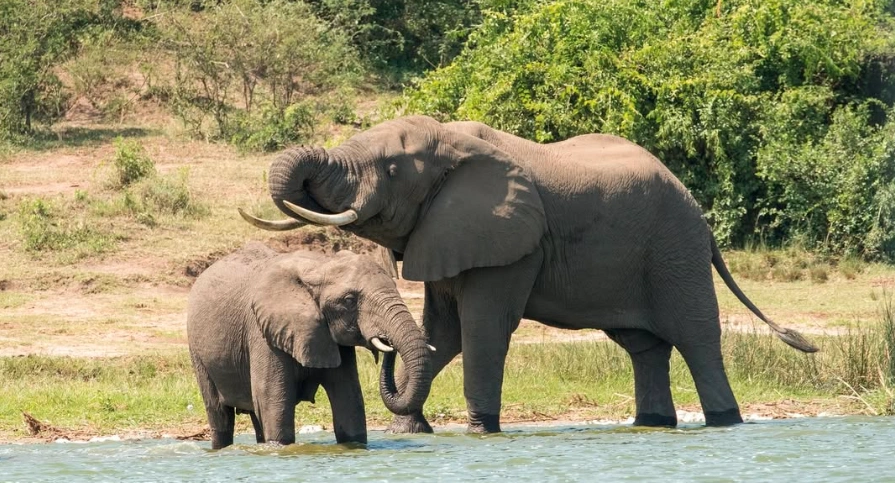

Notes & Booking Details
Opening Hours: 7 AM – 7 PM daily
Booking Required For:
Game drives with UWA ranger
Ik People treks (24–48 hrs in advance)
Camping (space is limited)
Let us handle the logistics. Our Uganda Wildlife Safaris team offers tailor-made itineraries to Kidepo and beyond.
Tips for Planning Your Visit
1. Pack for all seasons.
Even in the dry months (Dec–March), mornings can be crisp while afternoons hit highs of 35–40°C. Layer up, and always bring a wide-brimmed hat, sunscreen, and a reusable water bottle.
2. Book early, especially for flights.
Chartered flights and Ik treks are limited. If you’re planning during peak season (Dec–Feb), secure your seat and permit at least 4–6 weeks in advance.
3. Don’t skip the cultural encounters.
Meeting the Karamojong or hiking to the Ik people is a once-in-a-lifetime cultural deep dive. These aren’t staged “tribal dances”—they’re raw, real, and deeply human experiences. They also support community tourism directly.
4. Combine it with other parks.
After Kidepo’s vast savannahs, the rainforests of Bwindi or Mgahinga will feel like a dream. Want chimps too? Add a few nights in Kibale.
5. Go with a guide who gets it.
Not all safaris are created equal. At Dust & Echo, we craft luxury safaris that respect both silence and story. We don’t just get you there—we get you deeper.
Geography, Climate & Ecosystems
Kidepo isn’t just remote—it’s geologically distinct.
Set in the far northeast, Kidepo lies between the Narus and Kidepo Valleys, cradled by the Morungole Mountains. Its ecosystem is more closely related to South Sudan and northern Kenya than to the rest of Uganda. Think short-grass savannah, rugged hills, and sun-baked plains.
Altitude Range: 914m (valley floors) to 2,750m (Morungole peaks)
Rainy Season: April to November (intermittent, not constant)
Dry Season: December to March (best for game viewing)
Wildlife thrives here thanks to this dramatic landscape. Over 475 bird species (including the endemic Clapperton’s Francolin) and 77 mammal species roam the park—some not found anywhere else in Uganda.
You’ll also encounter ostriches, bat-eared foxes, aardwolves, caracals, and the iconic cheetah.
Why Choose Kidepo Valley National Park?
Because you want the Africa that still whispers.
The one with no crowds. No fences. No noise.
Kidepo is the safari dream untamed. You can drive for an hour without seeing another vehicle.
You’ll find lions sleeping beneath acacias, elephants crossing the road like they own it (they do), and the wind whispering through the valley, undisturbed by hum or horn.
It’s for those who crave space. Solitude. Depth.
It’s for those who’ve seen the Serengeti and want what’s next.
And it’s for those who believe a safari shouldn’t just be about what you see—it should be about what you feel.
Want to plan your trip to Kidepo Valley? Our team at creates handcrafted itineraries with heart. Whether you’re tracking gorillas, scaling volcanoes, or flying north to meet the Ik people—we’ll take you there in silence, style, and comfort.
Want to plan your trip to Kidepo Valley? Our team at Dust & Echo creates handcrafted itineraries with heart. Whether you’re tracking gorillas, scaling volcanoes, or flying north to meet the Ik people—we’ll take you there in silence, style, and comfort.
Talk to us or request a custom quote — and let the wild welcome you in.

